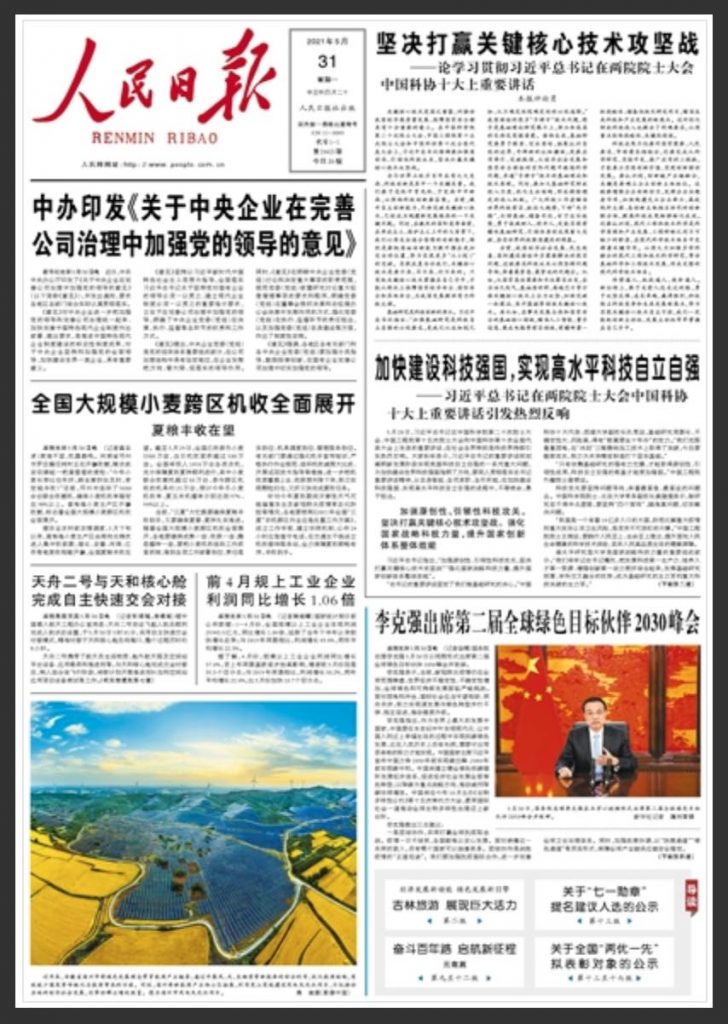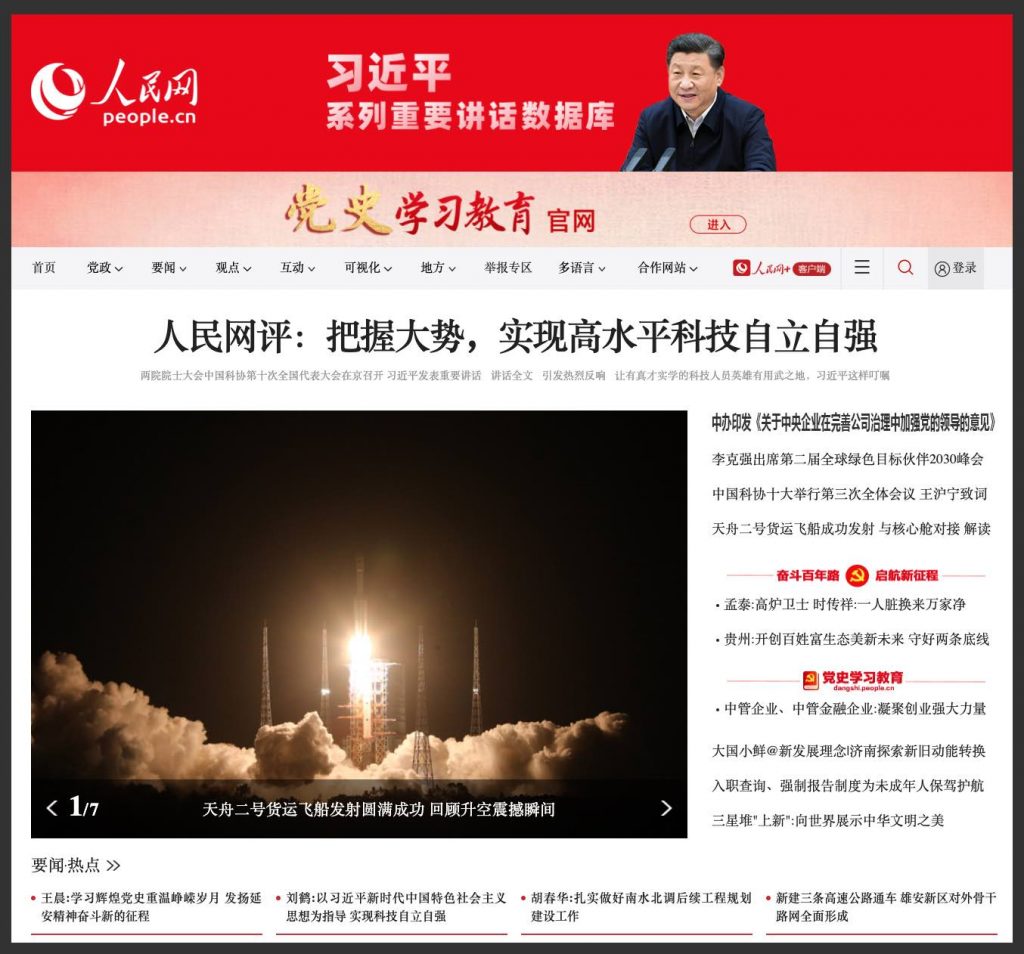
Workers on an assembly line in China test fiber optic systems. Image by Steve Jurvetson available at Flickr.com under CC license.
At a conference of scientists and engineers from China’s national academies last week, Xi Jinping sounded a strong note on the country’s development as a powerhouse of science and innovation. In his address to the event, which was attended by all seven members of the Politburo Standing Committee, Xi outlined his ambition to secure China’s status as a “science and technology power” (科技强国), thereby securing a “new pattern of development” focused on “high-quality” – this last word a reference to moving up the global value chain.
But another catchphrase stood out in Xi’s speech. The party’s general secretary spoke of “science and technology self-reliance and self-improvement,” or keji zili ziqiang (科技自立自强) as the “strategic support for national development.” This underscores again China’s determination to pursue a path of greater self-reliance, a theme reiterated throughout the ambitious 15-year economic agenda China outlined at the National People’s Congress back in March.
Self-reliance will no doubt continue to be a major theme as China seeks to address slowing economic growth amid a complicated array of domestic and global challenges – including greater wariness and pushback from the United States, the EU and other major economies. Even as Xi addressed participants from the Chinese Academy of Sciences (CAS), the Chinese Academy of Engineering (CAE) and the Chinese Association of Science and Technology (CAST) last week, the US was poised to pass broadly bipartisan legislation to compete with China, including billions in new funding and an overhaul of the National Science Foundation.
“Technology self-reliance and self-improvement” will be a slogan to watch in the coming months and years. So what do we know about how this phrase came about?

While buzzwords like “scientific innovation” (科技创新) and “science and technology power” have been regular features of Xi-era discourse on science and technology, “science and technology self-reliance and self-improvement” is a much more recent addition. Both “scientific innovation” and the notion of building a “science and technology power” featured strongly in the 13th Five-Year Plan as it was introduced back in 2016, part of the focus on innovation-driven development. Official coverage at the time specifically noted that this was the first time that “scientific innovation” had made the economic blueprint as a concept for top-level planning.
But this higher profile for “scientific innovation” in fact began even earlier, around October 2015, as it became a major focus during the the 5th Plenum of the 18th Central Committee of the CCP. The emphasis on providing policy and material support for the “building of a global science and technology power” (建设世界科技强国) is clear in official news coverage in China from September 2016 onward, as the new five-year plan turned up the volume on innovation-driven development as the way forward for China’s domestic economic health and global competitiveness.
If “scientific innovation” was a key buzzword in 2016 and afterward for the growing emphasis on cutting edge technology as a development driver, “science and technology self-reliance and self-improvement” can be seen to signal the renewed conviction within the leadership that China must achieve self-sufficiency as a global technology power.

Not surprisingly, we see this new phrase emerge for the first time around the 5th Plenum of the 19th Central Committee in October of last year – this being the meeting from which the communique emerged that offered the first glimpses of the 14th Five-Year Plan. The full phrase to appear at that time was, “taking self-reliance and self-improvement in science and technology as the strategic support for national development” (把科技自立自强作为国家发展的战略支撑). As the five-year plan and the vision for 2035 blanketed official news coverage in October and November of last year, the phrase “science and technology self-reliance and self-improvement” was everywhere.
This talk of self-reliance and self-improvement has been attended by a discourse of “self-confidence” (自信). But here, as is so often the case, the projection of self-confidence betrays deeper anxieties. A sense of crisis underlies the talk of historic opportunity. One of the clearest examples in the official discourse came in December 2020, just as the Central Economic Work Conference was concluded. An official commentary, or shelun (社论), in the People’s Daily newspaper spoke confidently of China’s “institutional advantages” (制度优势) — code for the leadership of the Chinese Communist Party — before asserting that “scientific decision-making and creative responsiveness are the fundamental methods by which crisis can be transformed into opportunity, and self-reliance and self-improvement in science and technology provide the fundamental support to promote overall development.”
This phrase is worth monitoring closely as an indicator of China’s pursuit of self-reliance in its innovation-driven development.




















